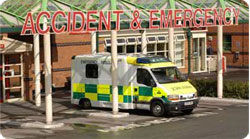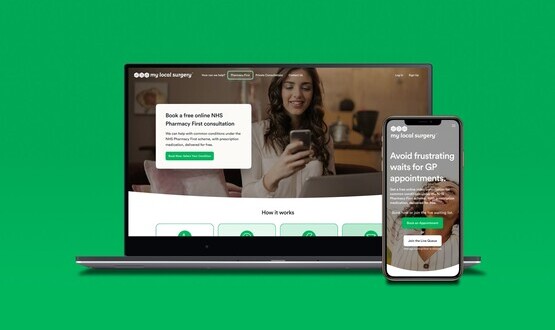No routine use of SCR at Bolton A+E
- 20 February 2009
 |
| Royal Bolton Hospital’s A&E department |
Royal Bolton Hospital’s A&E department is viewing the Summary Care Record on a doctor-request basis only, according to an NHS Connecting for Health benefits assessment.
The assessment found the A&E department, which was the first in England to use the record, saw the benfit of the SCR, particularly for patients who had complex or acute problems requiring urgent care.
However, it also found it has no plans to use the SCR routinely, because it takes too long to look up the records and not enough patients have one.
The paper presented to last month’s Summary Care Record Advisory Group said that during a study period, 1,060 patients attended A&E, of which 24% had SCRs printed and put in their notes.
The research found that the average time taken to search for and print out an SCR was a minute. The benefits assessment described the method of checking whether a practice had uploaded records as cumbersome.
It also said queues formed for walk-in patients when there were any delays in the booking-in process. Another reason given for the SCR to be accessed only on a doctor- request basis was the amount and variety of information held.
The paper, presented to the SCRAG by Dr Gillian Braunold, SCR clinical director, makes a number of recommendations to maximise the benefits in the A&E department in Bolton.
These include introducing a flag on the hospital’s iPM system to identify whether a patient has an SCR; having a one click integration to display the SCR from within the iPM system; increasing the number of records available for the population of Bolton; and having an enriched dataset from the GP record on the SCR.
The SCR is also available to view by the hospital pharmacy department, Bolton’s community unit and the medical assessment unit. The SCR is also being used at Bury’s Fairfield Hospital.
The paper said that overall, three categories of benefit had been identified for the SCR and two areas of disbenefit.
The three categories of benefit were patient safety and quality of care, efficiency and effectiveness, and patient satisfaction. The potential disbenefits were implementation effort and operational impact.
The latter included the additional activity linked to using the SCR, such as explaining permission to view to patients, and activity displacement, such as increased home visits due to improved triage.




